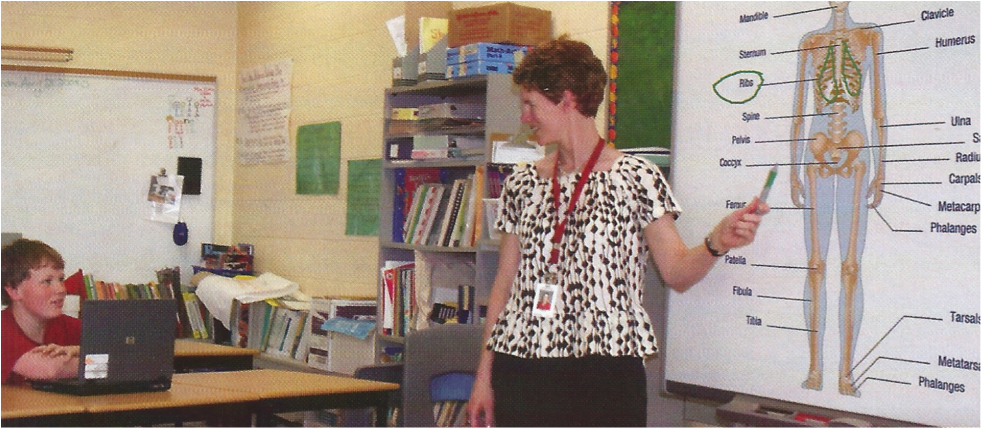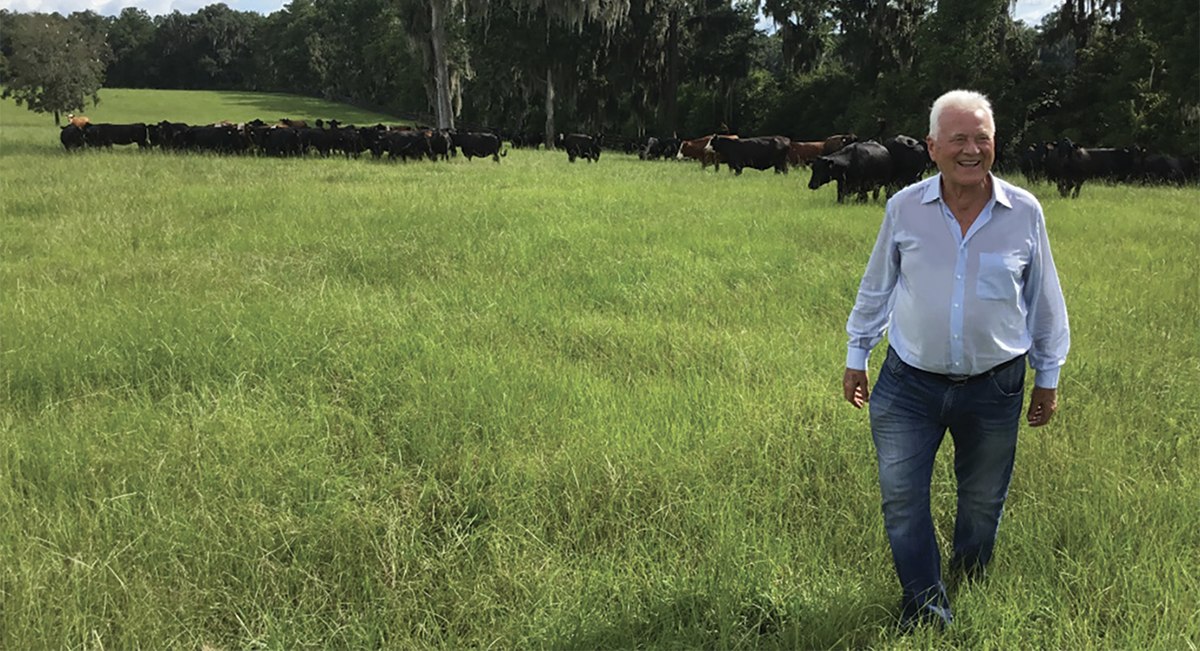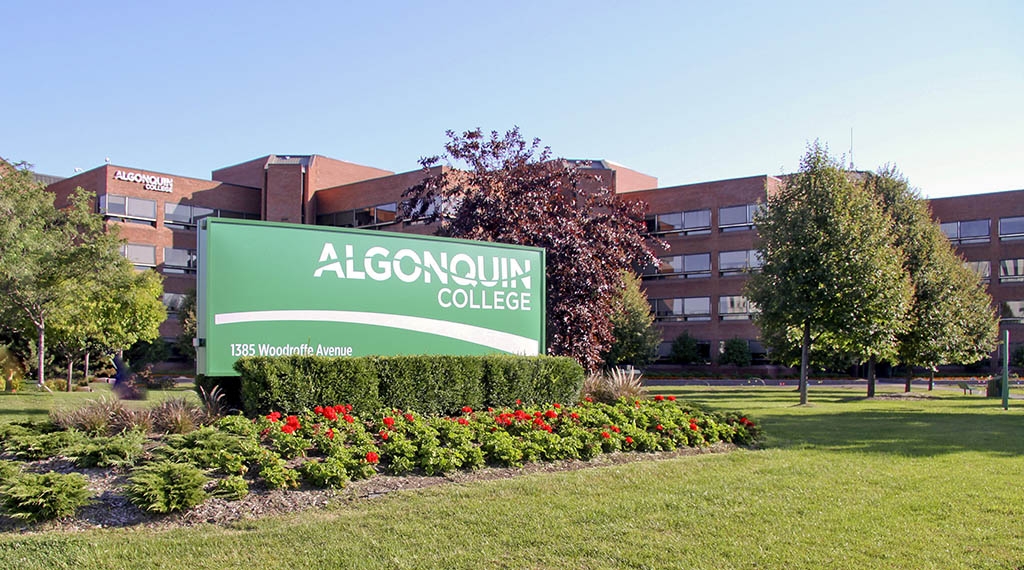
Rushing to Remove Ottawa’s Alternative School Option. What’s the Hurry?
For children, few influences are stronger than education and schooling. Currently, students in the public system have three choices: English/Core French, French Immersion and Alternative Schools. In the last six months, this last option has become the focus of much debate and its future is uncertain.
In 1982, the former Ottawa School Board created its first alternative elementary school, Lady Evelyn, in response to parental pressures to create an environment where education would be more child-centred, self-directed and where a parent/child/ teacher partnership would ensure relevant programming within Ontario Ministry of Education Guidelines. By 1998, 5 more schools were established including Churchill Alternative School, Summit Alternative School, Grant Alternative School, Manor Park Public School and Riverview Alternative School. These Schools had the support of the Alternative Schools Advisory Committee (ASAC www. asac-ottawa.org). Also by 1998, Mike Harris’ amalgamation of the Ottawa and Carleton School Boards resulted in streamlining and the formation of the Ottawa Carleton District School Board (OCDSB www.ocdsb.ca).
The working Alternative School philosophy includes seven tenets. Schools embrace: a cooperative/ teamwork/ non-competitive environ-ment: innovative approaches to teaching and learning shared among staff, students and parents; a balance between child-centred and child-directed learning where the teacher acts as a facilitator of the child’s learning; multi-grade groupings where children of different ages work together and help one another with guidance from the teacher; an integrated curriculum showing the interrelation of all learning and subjects; proactive parent involvement in supporting teachers in developing curriculum approaches; and finally, student self-evaluation and anecdotal (rather than grade) reporting on report cards.
Monique Cuillerier, a current Lady Evelyn parent and Chair of the Lady Evelyn Education Committee, describes choosing Alternative Schools as a lifestyle choice, where parents translate tenets of the philosophy into relevant learning directions and achievements. Cuillerier argues that developing a core love of learning in an environment which ensures little fear of judgment and ranking serves children well, not only as they enter high school but for a lifetime. Students learn responsibility for their own learning and for themselves. While the number of Individual Education Plan (IEP) students, (for both gifted students and those needing individual support) may be higher than average, teachers are experienced in how to best help them. Testimonials on ASAC’s website attest to the success of these Schools.
In June, 2008, as part of the OCDSB’s Multiyear Plan for Program Reviews, Alternative School Policy was set for full review in 2009 — 2010, a year before originally intended. At the end of June, 2009, terms were presented to the Board’s Education Committee. By November, the findings were being written. In January, 2010, under the focused leadership of OCDSB’s Director of Curriculum, Jennifer Adams, the 184 page Final Report of the Elementary Alternative Review was tabled. Significantly, it made clear that funding of Alternative Schools was not an issue, as costs are comparable to those non-alternative schools. In concluding that the Alternative School “mandate and expectations do not differ greatly from the regular English program”, the decision was made to remove the designation assigned to Alternative Schools. The report states that “the removal of the designation should have no program implications on the schools as the alternative program is structured identically to the regular English program — these schools could continue adherence to the seven guiding principles”.
Removing the designation will indeed have program implications, argues Richard Deadman, a current parent and past Chair of ASAC. The boundaries will be change and the program will be diluted by the influx ofnon-alternative seeking students and parents into the new “Community School”. Parents may seek competitive sports options, for example. A new principal may well not embrace the philosophy of the School and, facing an uncertain future, Alternative School teachers may migrate away. To be sure, Deadman foresees that Alternative Schools will “end not with a bang but a whimper.”
Parents are also critical and mistrustful of the Board’s process in gathering information. Deadman lists many examples. Surveys only allowed 8 days for completion. Long debates at meetings were summarized in Minutes as “fulsome discussion.” The nature of Alternative Schools was not fully understood and hundreds of letters in support were amassed in binders and were likely not read. Statistics were seen to use data that worked in favour of the administration goals. ASAC and parent presentations were met with a “we’ll take this under advisement” response. Finally, Deadman argues that the “top/down” review process runs directly counter to the parents’ -bottom/ up” consensus approach. After the tabling of the report, many parents and stakeholders are asking “who wants this and why is this happening so quickly?”
Deadman concludes that the driving force behind its actions is that Curriculum Services simply found Alternative Schools to be too hard to manage. Many philosophy tenets and practices like grading are seen to be radical, as they go against cultural norms. Because Principals report to different Superintendents, policy is inconsistent. Ultimately, “it is easier to have cookie cutter schools” to ease planning and administration.
What is to come now? After two public meetings, Deadman sees Trustees as being in four camps: those who want “magnet” programs to provide what parents want in a competitive education market, those who see the value of “haven” schools where students can thrive after difficult experiences in other schools, those who take on a “lab” approach willing to support experimentation in practices to see what works for students and finally, those who just want the program shut down. It will be difficult to reach consensus and a range of amendments will further hinder the process. Ideally, Deadman hopes that a new subcommittee will be struck where essential questions will be asked about what kinds of education options, at their basic foundations, are both needed and wanted in Ottawa.
Dialogue has been the most positive result of this designation debate. For 1284 students and their parents, removing the Alternative School designation has become a David and Goliath battle. One is left to wonder why there has to be a battle at all.
By: Kirsten Franklin








